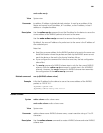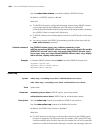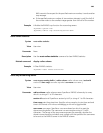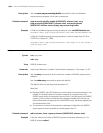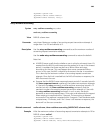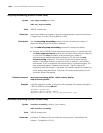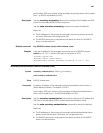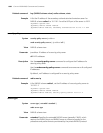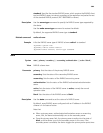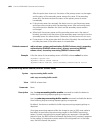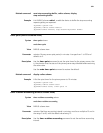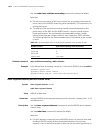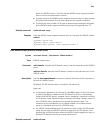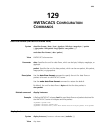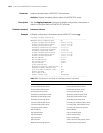
1969
standard: Specifies the standard RADIUS server, which requires the RADIUS client
end and RADIUS server to interact according to the regulation and packet format
of the standard RADIUS protocol (RFC 2865/2866 or newer).
Description Use the
server-type command to specify the RADIUS server type supported by
the device.
Use the
undo server-type command to restore the default.
By default, the supported RADIUS server type is standard.
Related command: radius scheme.
Example # Set the RADIUS server type of RADIUS scheme radius1 to standard.
<Sysname> system-view
[Sysname] radius scheme radius1
[Sysname-radius-radius1] server-type standard
state
Syntax state { primary | secondary } { accounting | authentication } { active | block }
View RADIUS scheme view
Parameter primary: Sets the status of the primary RADIUS server.
secondary: Sets the status of the secondary RADIUS server.
accounting: Sets the status of the RADIUS accounting server.
authentication: Sets the status of the RADIUS authentication/authorization
server.
active: Sets the status of the RADIUS server to active, namely the normal
operation state.
block: Sets the status of the RADIUS server to block.
Description Use the
state command to set the status of a RADIUS server.
By default, every RADIUS server configured with an IP address in the RADIUS
scheme is in the state of active.
Note that:
■ When a primary server, authentication/authorization server or accounting
server, fails, the device automatically turns to the secondary server.
■ Once the primary server fails, the primary server transfers into the state of
block, and the device turns to the secondary server. In this case, if the
secondary server is available, the device triggers the primary server quiet timer.



